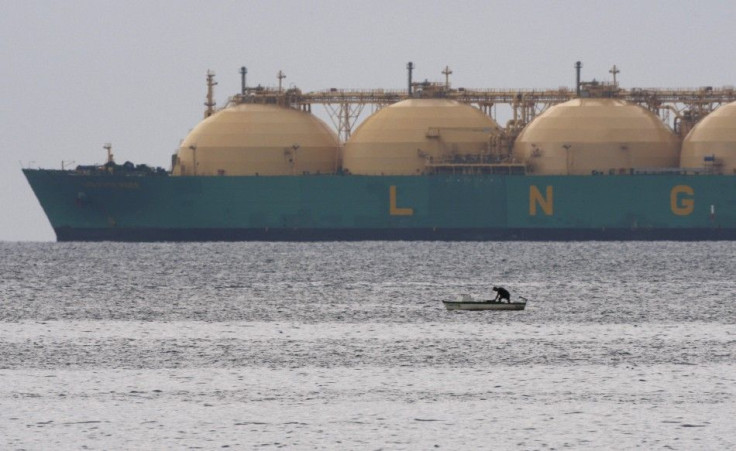US LNG Export Terminals: An Update With Map Of US LNG Facilities [MAP]

The U.S. is producing more natural gas than ever and aims to export the commodity as liquefied natural gas, or LNG. But some companies are facing an increasingly long wait for the Energy Department to finish reviewing their proposed LNG export projects.
The rapid increase in U.S. natural gas output can be attributed to the extraction of the commodity from shale formations. Natural gas as well as crude oil have contributed to the U.S. producing 14 percent more of its own energy now vs. 2005, according to data from the Energy Information Agency.
Thanks to hydraulic fracturing, or fracking, and the ability to drill horizontally, oil and gas production in the U.S. has skyrocketed. Fracking is a drilling technique that blasts millions of gallons of water and chemicals to fracture rock formations deep beneath the surface and release petroleum. The drilling technique has been heavily criticized, and some environmentalists contend that fracking contaminates groundwater.
Delays in the approval process stem from the debate within the U.S. administration on how much natural gas should be exported without raising natural gas prices and reducing supplies in the U.S.
Proponents of LNG export facilities contend that investment in the construction sector will have positive impacts on the U.S. economy, because it will inject economic activity into industries tied to the energy sector.
In July, the Washington-based American Council for Capital Formation came out with a report titled, “Liquefied Natural Gas: Why Rapid Approval of the Backlog of Export Applications is Important for U.S. Prosperity,” authored by the vice president, Margo Thorning.
Thorning said that if the U.S. delays the approval of any projects, it could be difficult for the U.S. to sign long-term contracts with countries like Japan or South Korea, or any Asian country that relies heavily on imported LNG.
Currently, Australia and several other countries plan to enter the LNG export market and will compete for the same contracts as the U.S. Therefore, it is imperative that the DOE does not delay the process any further, Thorning said.
In the past two years, four projects have been approved. The most recent decision was made in September, when Dominion Resources Inc. (NYSE:D) received approval for the Cove Point terminal on the Maryland shore of Chesapeake Bay. To date, the DOE has authorized 6.37 billion cubic feet of LNG from the plant to be sold overseas.
Besides the delay stemming from the administration's apparent ambivalence about LNG exports, the government's partial shutdown has so far stopped the review process of LNG projects, thus again delaying the approval process that, Thorning reiterates, will cost the U.S. thousands of jobs and billions of dollars in economic activity.
“This government shutdown is a bad thing not just for federal workers and those who need government service, but it's bad for the companies trying to get approval from the DOE,” Thorning said.
The American Petroleum Institute, a trade association representing major U.S. oil and gas producers, released a map of LNG sites that it says are critical for U.S. export goals.
“There is a global race to build this infrastructure and secure a competitive position in the international market,” Erik Milito, director of upstream and industry operations, said. “These terminals would allow other nations to purchase a valuable American product, support U.S. exports, and help reduce global emissions.”
© Copyright IBTimes 2024. All rights reserved.




















